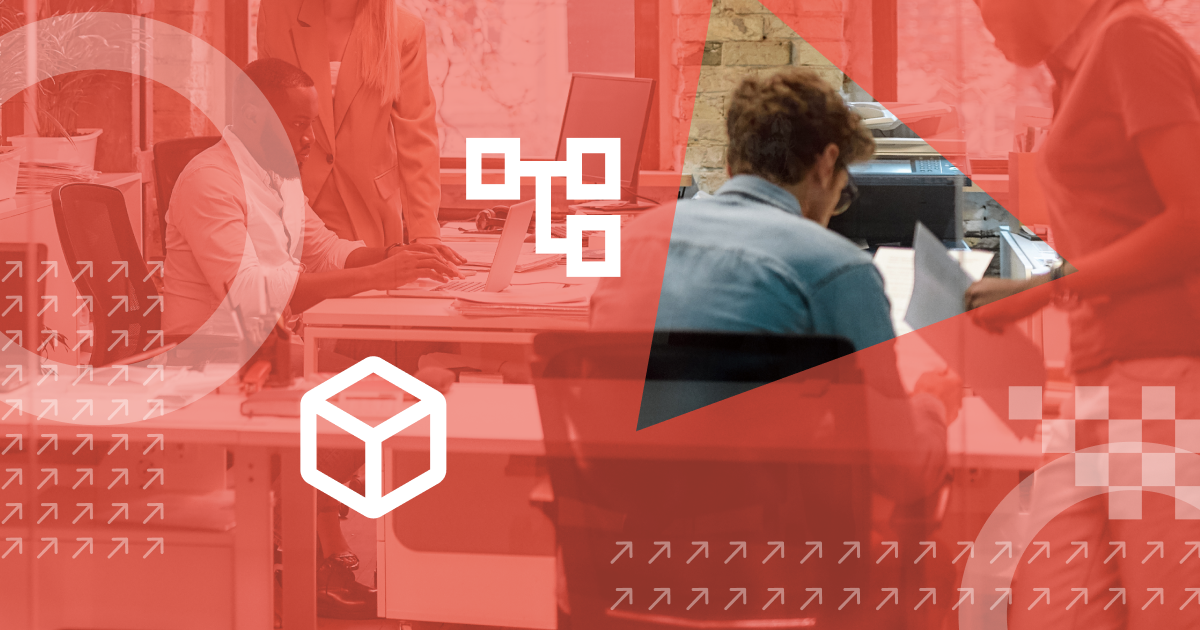Headless commerce architecture: Build unique shopping experiences

Headless commerce is a transformative approach revolutionizing the ecommerce landscape. This article delves into the fundamentals of headless commerce, its benefits and challenges, factors to consider when choosing a headless commerce platform and some implementation best practices.
What is headless commerce architecture?
Headless commerce architecture is an innovative ecommerce framework that decouples the presentation layer – the user interface that consumers interact with – from the functional layer or the back end. This separation allows businesses to manage and update components that control features and functionality independently, leading to enhanced agility and ability for customization.
The evolution of ecommerce architectures from monolithic to headless has been transformative and necessary to meet the dynamic needs of the digital market. Understanding this evolution provides valuable insights into the advantages of headless commerce.
Advantages of headless commerce
Headless commerce architecture offers many benefits, including unparalleled flexibility, seamless scalability and enhanced user experiences. Let's explore how it excels beyond traditional legacy architectures.
Flexibility and customization
With headless commerce, businesses can create unique user experiences, cater to specific customer segments and respond quickly to customer feedback and market trends.
Faster development and deployments
Independent front-end and back-end development enables faster updates and rollouts of new features without disrupting ecommerce processes that keep your store up and running.
Improved user experience
Headless commerce architecture empowers marketers to deliver seamless and personalized user experiences across devices, increasing customer satisfaction and loyalty.
Ease of use
Content updates no longer require a developer. Marketers, designers and other business users can easily make updates without technical expertise or help from the IT team. Changing the presentation layer requires little to no coding.
Challenges of headless commerce architecture
There are a few challenges that businesses should be aware of before adopting headless commerce architecture, including:
Complexity
Headless commerce can be more complex to implement than traditional e-commerce architectures. This is because businesses need to develop two separate applications: the front-end and the back-end.
Cost
Headless commerce can be more expensive to implement than traditional e-commerce architectures because of both front-end and back-end application requirements.
Integration
Businesses must integrate the front-end and back-end to deliver a seamless shopping experience. This can be a complex and challenging process.
Choosing the best headless commerce solution
There are many factors to consider when choosing the right headless commerce solution.
Type
There are two main headless commerce architectures: hybrid headless and pure headless. Hybrid headless architectures use a decoupled front-end and back-end, but the front-end is still connected to the back-end through a traditional API. Pure headless architectures have no front end, giving you the most flexibility in building your front end.
Features
Depending on your business needs, choose a headless commerce platform that offers specific features, such as multi-channel selling, product recommendations or personalization.
Customer support
Think realistically about the level of support your IT team will need when implementing headless commerce architecture. Some headless commerce vendors offer more support than others. If you need a lot of help with implementation or troubleshooting, you'll need to choose a vendor offering support without compromise.
Current tech stack
If you already have a lot of investment in a particular tech stack, you'll need to consider how well it will integrate with a headless commerce solution. Some headless commerce platforms are more flexible than others, so you'll need to research to find one that will work with your existing systems.
Budget
The cost of headless commerce can vary greatly depending on the platform you choose, the features you need and the size of your business.
Future plans
If you plan to expand your e-commerce business, you must ensure your headless commerce solution can support your growth. Some headless commerce platforms are more scalable than others, so you must choose one that can meet your future needs.
Security requirements
Some headless commerce platforms have built-in security features, but you may need to add additional security measures to protect your data.
Implementation: headless commerce best practices
Transitioning from a traditional, monolithic architecture to headless commerce can be complex. That's why an incremental approach is often the best choice. Essentially, you can roll out different APIs over time rather than taking down your whole platform and building a new one. Here are some factors to take into account when implementing headless commerce architecture.
Ensure your teams are ready
Transitioning to headless commerce architecture requires buy-in and commitment from the top leadership positions to your marketing and IT teams. Getting this level of commitment may require education on the benefits of headless and training on how to use the system. It's vital to have a skilled development team proficient in implementing headless commerce, so this team needs to get up to speed first. Then, before implementation, marketing and other business users may require training on previewing and publishing content and understanding workflow processes.
Integrations with existing systems
Understand how your existing ecommerce systems and apps will integrate into the headless commerce architecture. Your IT team will need to understand what customizations will be required so that multiple apps and systems work seamlessly together.
Security
Headless commerce can expose your e-commerce data to more attack vectors, so you must ensure your security measures are up to par. Some headless commerce platforms have built-in security features, but you may need to add additional security measures to protect your data.
Learn more
Our pioneering headless CMS empowers creative professionals and modern developers to deliver composable digital experiences at uncompromising scale and dependability.
Schedule a free demo to see how Contentstack's headless CMS can help your brand deliver exceptional customer experiences.
About Contentstack
The Contentstack team comprises highly skilled professionals specializing in product marketing, customer acquisition and retention, and digital marketing strategy. With extensive experience holding senior positions at renowned technology companies across Fortune 500, mid-size, and start-up sectors, our team offers impactful solutions based on diverse backgrounds and extensive industry knowledge.
Contentstack is on a mission to deliver the world’s best digital experiences through a fusion of cutting-edge content management, customer data, personalization, and AI technology. Iconic brands, such as AirFrance KLM, ASICS, Burberry, Mattel, Mitsubishi, and Walmart, depend on the platform to rise above the noise in today's crowded digital markets and gain their competitive edge.
In January 2025, Contentstack proudly secured its first-ever position as a Visionary in the 2025 Gartner® Magic Quadrant™ for Digital Experience Platforms (DXP). Further solidifying its prominent standing, Contentstack was recognized as a Leader in the Forrester Research, Inc. March 2025 report, “The Forrester Wave™: Content Management Systems (CMS), Q1 2025.” Contentstack was the only pure headless provider named as a Leader in the report, which evaluated 13 top CMS providers on 19 criteria for current offering and strategy.
Follow Contentstack on LinkedIn.






.svg?format=pjpg&auto=webp)
.svg?format=pjpg&auto=webp)
.png?format=pjpg&auto=webp)






.png?format=pjpg&auto=webp)


